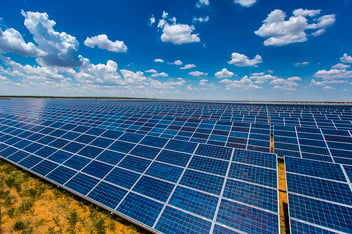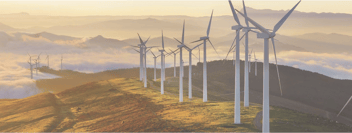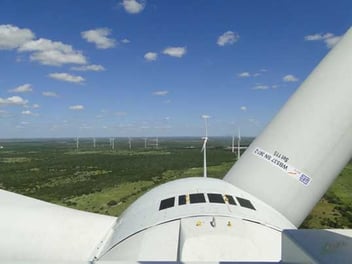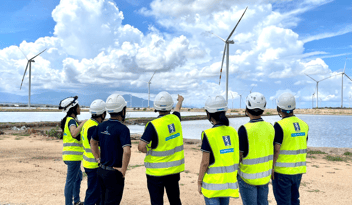Full independent energy production estimate of Borssele I & II offshore wind farms for submission as part of a Government-led competitive tender process.
Offshore energy yield prediction often presents challenges arising from sub-standard measurement campaigns and complex wake calculations, resulting in unpalatable levels of uncertainty. For the Borssele projects, off the coast of the Netherlands, we applied numerous innovative methods to reduce uncertainties, thereby improving confidence in our energy yield predictions.
Offshore wind measurement campaigns are expensive and complicated, and wind data is often compromised both in terms of quality and quantity. Consequently, the prediction of long-term wind resource is often subject to unacceptably high uncertainty.
Site measurements at the Borssele projects were limited, therefore we used an innovative method to determine the long-term wind resource – utilising meso-scale wind map data in combination with numerous reliable sources of reference data in the wider region. This ensemble method was statistically proven to reduce uncertainty in the wind speed prediction, and hence energy yield.
Turbine wakes are substantial at offshore wind farms, and accurate prediction of the resultant losses is crucial to a robust energy yield assessment. A number of other offshore wind farms are operational or proposed in the vicinity of the Borssele projects, therefore wake losses are anticipated to increase in future.
In addition to consideration of a build schedule for all wind farms in the region, we utilised a combination of three different industry best practice wake models to provide the best possible estimation of wake losses over the lifetime of the proposed wind farms.
The energy yield assessments for the Borssele projects are a typical example of how we strive to predict the most accurate and realistic energy yield for a wind farm, using the lowest uncertainty methods available and taking into account the likely scenario in which the wind farms will operate.




